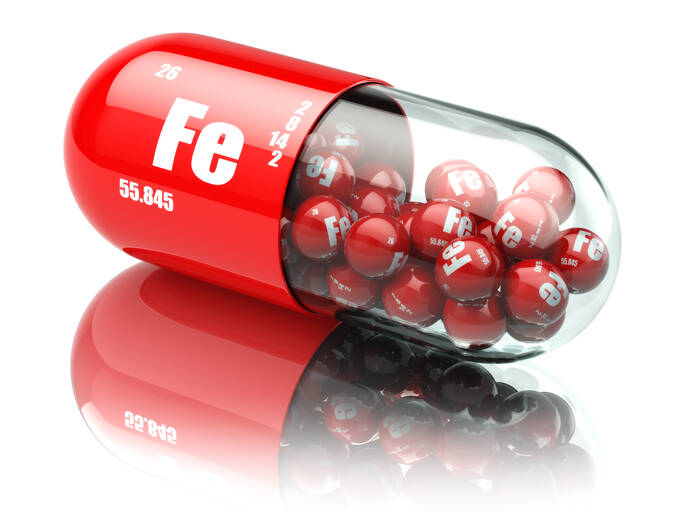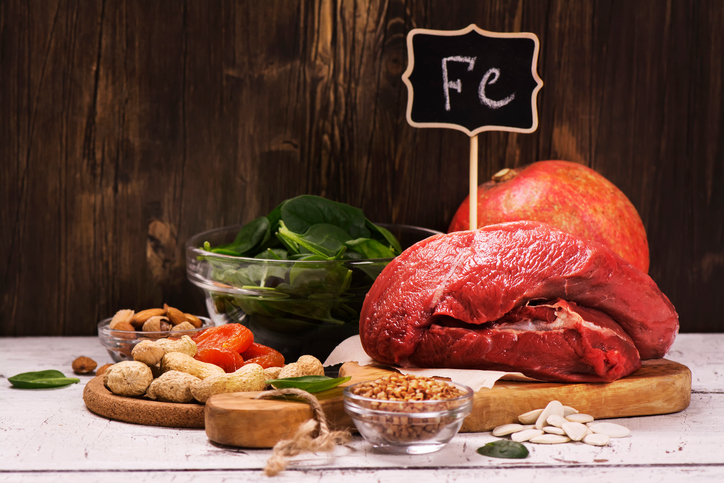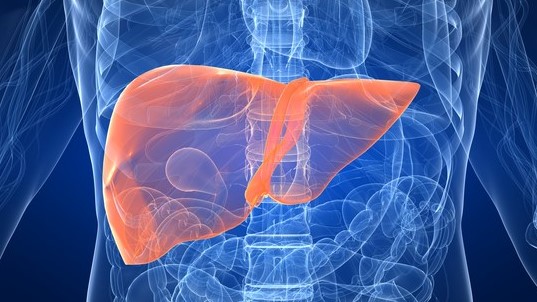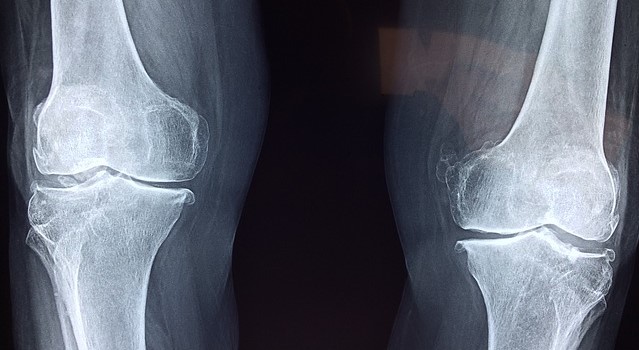Elevated blood iron: what are its causes and complications?

Iron is essential for life. When it is deficient and also in excess, a health problem can arise. Its excess can be caused by increased intake in the diet. But it also arises in disease states and illnesses, for example, in liver damage.
Elevated levels of iron in the blood and its excessive presence can be a problem for the body. Similar to its deficiency. As such, iron is a component of haemoglobin. Haemoglobin is an important blood pigment that binds oxygen to itself, helping to oxygenate the body.
What are the causes of high blood iron levels?
How does it manifest and what are its complications?
Is it caused by food and how to reduce it?
What are the levels?
Reserve iron in the body is bound to the transport proteins transferrin or ferritin. It is the level of ferritin that reflects the amount of total iron in the body. It can be measured accordingly.
Lots of iron in the diet

Excess iron can be caused by either increased intake or inadequate processing. Increased intake is most often in the form of food that contains enough iron.
Inadequate processing may be due, for example, to poor binding to plasma proteins or to an increased rate of absorption of iron in the gastrointestinal tract.
Approximately 10-50 mg of iron is ingested daily through the diet, of which 10-15 % is absorbed.
Excessive intake during treatment is also inappropriate. Hemosiderosis also occurs in the case of over-treatment with iron. This also causes excessive iron deposition. Also in the case of repeated transfusions, this condition can occur.
The normal blood iron level is 40-150 mg/dcl of blood.
Fernitin = storage form - 15-200 micrograms per deciliter of blood in men and 12-150 in women.
Relationship of excess iron to blood
There is also an increased level of iron in the blood when it is released from red blood cells. It appears when there is an increased rate of their breakdown. This occurs in hereditary diseases such as hereditary spherocytosis. It also appears in a disease called thalassemia.
In this condition, chelators are used. These are substances that can bind the free iron in the blood. The iron is then eliminated from the body.
Another example is the malabsorption of iron into haemoglobin, for example in the case of the following conditions:
- sideroblastic anaemia
- decline in bone marrow function
- vitamin B12 or folic acid deficiency
- porphyria
Iron deposition in organs and tissues

However, if the condition of excessive iron concentration in the blood and in the body is not addressed, problems arise. This is because free iron is deposited, for example, in the pancreas and liver (resulting in their enlargement), but also in the heart and other organs. In these tissues, it damages cells.
Sometimes iron is also deposited in the skin. In this case, we speak of so-called bronze diabetes. This condition is caused by a malfunction in the pancreas. The so-called islets of Langerhans are destroyed and the pancreas cannot produce insulin. The inability to produce insulin causes diabetes.
Increased iron in the blood can also indicate...
If the iron level in the blood is elevated, there is also a risk of haemochromatosis. Iron is excessively absorbed from the intestine and then deposited in the tissues in the form of ferritin and haemosiderin. It damages the tissues toxically. For example, when deposited in the liver, it causes cirrhosis.
In addition, iron can, for example, be deposited in the thyroid gland, where it also interferes with its function. This leads to other problems. Typically, excessive levels of iron in the body are also manifested by chronic weakness and fatigue, weight loss, joint pain and heart problems. In women, menstrual disorders and infertility can also occur.

Symptoms and late complications of haemochromatosis:
- Diabetes
- arthritis, joint disease
- heart disease and heart rhythm disorders
- liver dysfunction
- cirrhosis
- impotence, decreased libido
- menstrual disorders in women, premature menopause
Iron excess can also be caused by an inborn error of iron metabolism, but also, for example, by myelodysplastic syndrome. This syndrome is made up of several diseases.
The main symptom is a failure of the bone marrow, which functions as a producer of white blood cells, red blood cells and platelets. The disease is dangerous in several respects.
It can also be a symptom of liver damage. It appears in cases of inflammation, but also in fatty liver or liver cirrhosis. In addition, elevated levels can also indicate mental disorders such as schizophrenia.
In general, therefore, an elevated blood iron level is a symptom that can jeopardize the patient's health and cause serious consequences. Therefore, it should be addressed as soon as possible.
How to reduce iron levels? The key is dietary modification
What not to eat if the iron level is high, you ask? What will help to reduce it?
It is necessary to limit mainly:
- red meat - beef and pork
- offal and meat products with blood
- poultry and fish no more than twice a week
- avoid foods that have artificially increased iron - fortified foods such as cereals and supplements (often a combination of multiminerals, but also watch out for vitamin C and excess intake)
- not drinking alcohol
- look out for foods with natural iron content, leafy greens with dark leaves, spinach, chicory, dandelion, parsley, basil, mint, but also legumes, flaxseed, nuts, pumpkin, sunflower and sesame seeds
- increase fruit and vegetable intake
- beware of unnecessary intake of vitamin C, which promotes iron absorption
Video about elevated iron levels
Diseases with symptom "Elevated blood iron levels"
Interesting resources










